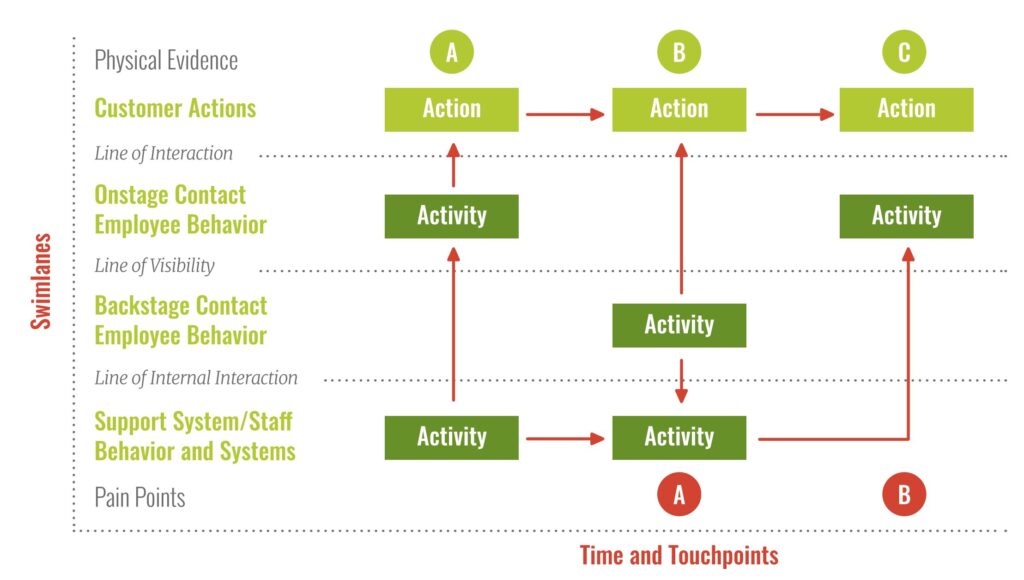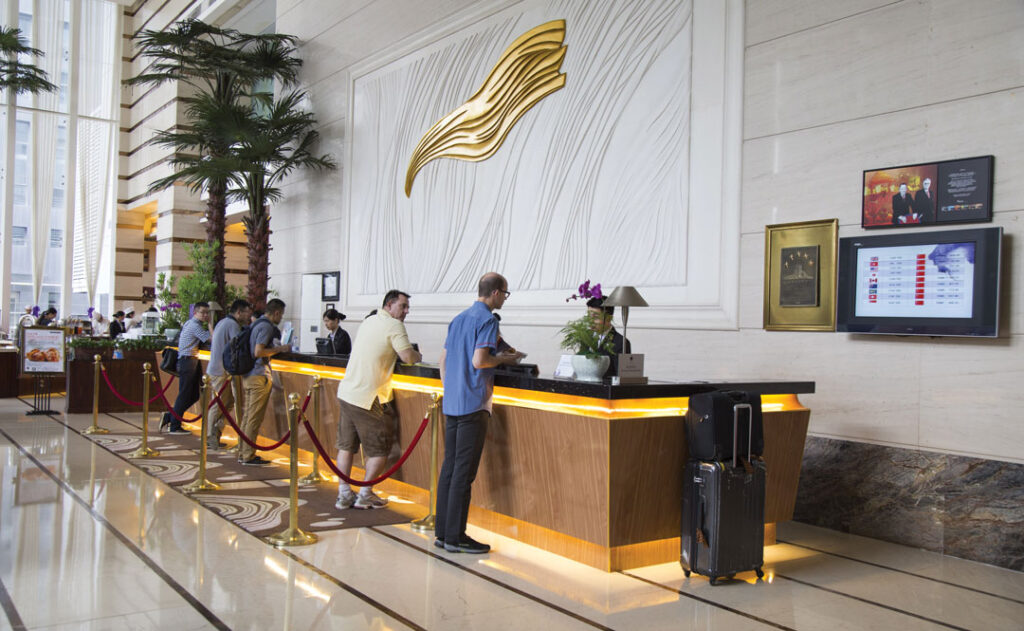Casinos are in the business of delivering commercial experiences to customers. The process of providing the customer experience involves a sequence of touchpoints where the customer and the organization interact, writes Sudhir H. Kalé, founder and principal of GamePlan Consultants.
Very often, service providers such as casinos are unaware of the various touchpoints along the customer experience route, or of the significance of these touchpoints, in determining customer’s satisfaction with the experience.
In trying to assess and understand the customer experience across the entire customer journey, few techniques are as insightful or as powerful as service blueprinting. I have introduced service blueprints in gaming organizations of all shapes and sizes, and barring a few isolated cases, the results have been nothing short of outstanding. At a time when customer preferences have undergone tectonic changes, casinos need to adapt, and adapt fast. Service blueprinting can make such adaptation possible. So, what exactly is a service blueprint?
Components of a Service Blueprint
A service blueprint could be described as a service roadmap—a tangible, visual document that lays out where and how your customers interact with your company. More specifically, a blueprint is an information-laden document made up of five components that, when drawn up together, makes make the customer-company relationship and the customer experience crystal clear (see Exhibit 1). The participatory nature of the blueprinting process is a great way to build teams and share expertise.

Simplified Service Blueprint components
A blueprint generally has five components that, together, shed light on each key touchpoint along the customer journey. Touchpoint is a point of contact or interaction between a business and its customers or consumers. A short description of these components is in order:
- Customer actions include all the steps that customers take as part of the service delivery process.
- Onstage/visible contact employee actions are the actions of frontline contact employees that occur as part of a face-to-face encounter with customers.
- Backstage/invisible contact employee actions are non-visible interactions with customers, such as telephone calls, as well as other activities employees undertake to prepare to serve customers or that are part of their role responsibilities.
- Support processes are all activities carried out by individuals in a company who are not contact employees, but whose functions are crucial to the carrying out of services processes.
- Physical evidence represents all of the tangibles that customers are exposed to at each touchpoint (such as room temperature, building, décor, employee uniforms, and odors).
In Exhibit 1, I have shown only three customer touchpoints. In reality, even the simplest journey will involve at least thirty touchpoints. The beauty of the service blueprint is that you can actually see the flow of services, the departments or divisions responsible at each stage of the flow, and the technology needed to deliver the desired experience all on a single sheet of paper!

Why Design Service Blueprints?
A blueprint is useful in several ways in managing a service and delivering great customer experiences. Some key benefits to be realized from service blueprinting are:
- Clarify the sequence of processes and involvement of different departments in service delivery: The blueprint serves as guide for implementing the service plan by showing the sequence of steps needed to deliver a service. In so doing, it coordinates the efforts of service personnel in the organization by pointing out their role in the overall system.
- Improve the design of an existing service: For most executives, the design of a service stays mostly in their head. A blueprint makes all the key touchpoints and their components within the service delivery process explicit. This exercise brings to the fore the “pain points” for the customer at various touchpoints. These pain points, if unattended, become “fail points” in the service delivery. Once the pain points become apparent, they can be rectified.
- Service blueprints facilitate internal communication. When service professionals describe how a service flows, their description is invariably subjective, biased, and incomplete. Once a blueprint is designed, the resulting communication can become explicit and objective. In other words, service professionals start “speaking the same language” through service blueprints.
- Blueprints facilitate HR efforts: Human resource managers use service blueprints in the preparation of job description, job specification, job evaluation, performance standards, training and appraisal schemes and compensation plans.
- Blueprints allow companies to identify points of differentiation: If you have visited any of the Galaxy casinos in Macau, you will see very tall nicely dressed girls acting as welcome ambassadors. Galaxy has used the height and beauty of the welcome ambassadors as a point of differentiation.
- Blueprinting fortifies a customer-oriented focus among employees: By looking at a service blueprint, every employee within an integrated casino resort can see how their role and effort contributes to the quality of service and the overall customer experience. Such tangible proof of the significance of their efforts makes employees want to try harder to satisfy the customer.
- Blueprints provides concrete basis for identifying and assessing cost, revenue and capital invested in each touchpoint of the service: Not all touchpoints are equally critical when it comes to customer satisfaction. Sometimes, resources are allocated at touchpoints which may not mean much to customers. Using cost-benefit analysis, the casino operator can provide excellent customer service at a reasonable cost.
- Blueprints underscore the importance of physical cues experienced by the customer: By making explicit the physical evidence perceived by the customer at every touchpoint, service blueprinting brings into sharp focus the importance of service aspects such as employee uniforms, facility layout, music, air quality, scents used, company collateral, and the ambience witnessed by the customer at every touchpoint.
Conclusion
Service blueprinting has proven its effectiveness in enhancing service quality to both the internal and external customer. It has applications in quality control, operations, marketing, IT, and HR. At a time when customer expectations and behaviors have irrevocably changed, casinos need to respond to these changes with contextual agility. Service Blueprints are the literal roadmap that organizations can use to quickly adapt their service delivery to the new normal. Doing do will ensure that they remain relevant and significant for the “new” customer.
In closing, I’d like to offer one additional takeaway. Sometimes, middle managers without requisite training or experience design service blueprints for their properties. A badly done blueprint results in squandered resources and does more harm than good in terms of service quality. Make sure the people entrusted with blueprint design have the education and expertise to do so.










